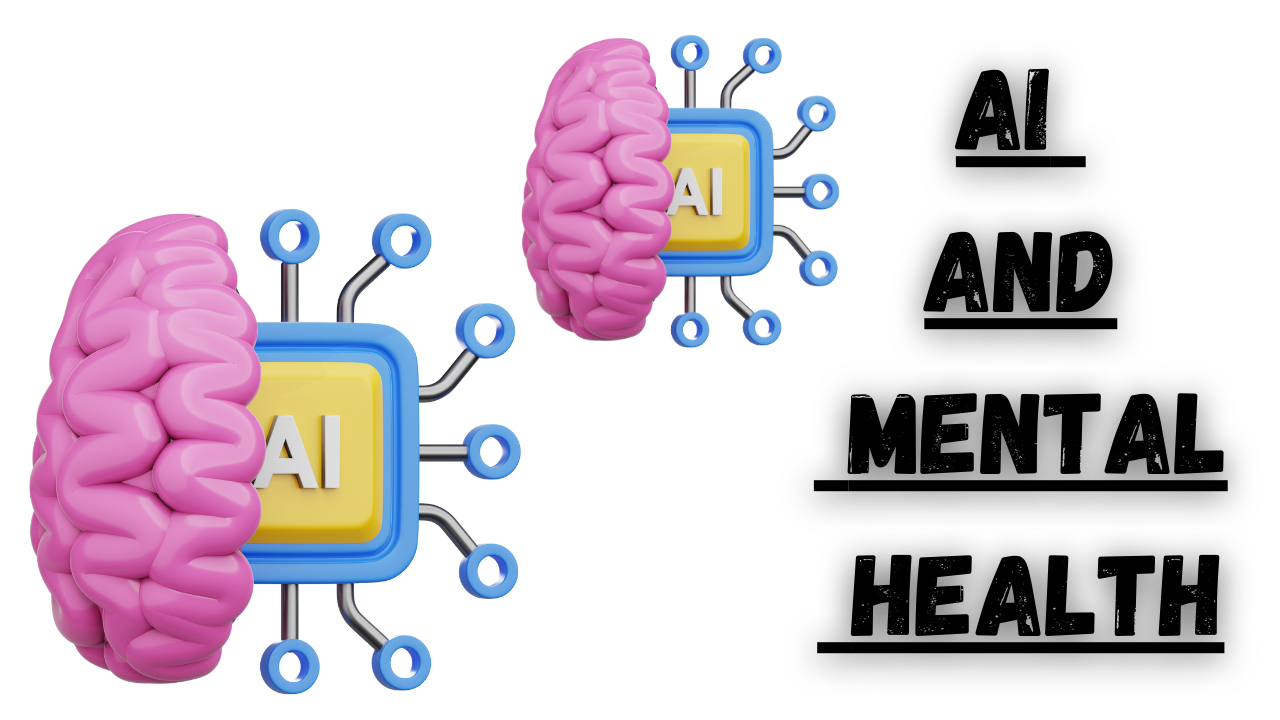The integration of Artificial Intelligence (AI) into healthcare is revolutionizing how medical professionals diagnose, treat, and manage patient care. However, the implementation of AI systems, particularly those that influence patient outcomes, raises significant concerns regarding transparency, accountability, and trust. This article explores the essential steps to implement a transparent AI system in healthcare, ensuring that it is ethical, reliable, and beneficial for patients and providers alike.
Understanding Transparency in AI
Before delving into implementation strategies, it’s crucial to define what transparency in AI means within the context of healthcare. Transparency refers to the clarity and openness with which AI systems operate. This encompasses several aspects:
Algorithmic Transparency: Understanding how algorithms make decisions, including the data used and the processes involved.
Data Transparency: Clear communication about what data is collected, how it’s stored, and how it’s utilized.
Outcome Transparency: Providing insights into the results of AI applications, including performance metrics and potential biases.
Ethical Transparency: Adhering to ethical standards and ensuring informed consent from patients when their data is utilized.
The Importance of Transparency
Transparent AI systems foster trust among healthcare professionals and patients. Trust is vital for adoption, as healthcare workers must rely on AI recommendations for clinical decisions. Patients must also trust that their personal health information is handled ethically and that AI tools contribute positively to their care.
Steps to Implement a Transparent AI System
Define Clear Objectives
The first step in implementing a transparent AI system is to define clear objectives. Healthcare organizations should ask:
- What specific problems do we aim to solve with AI?
- What are the expected benefits for patients and providers?
- How will success be measured?
By establishing clear objectives, organizations can align AI initiatives with their overall mission and values.
Engage Stakeholders
Engaging a diverse group of stakeholders is crucial for developing an AI system that is transparent and trustworthy. This group should include:
- Healthcare Professionals: Doctors, nurses, and other staff who will use the AI system should be involved in its design and implementation.
- Patients: Involving patients in discussions about data usage and AI applications ensures their concerns are addressed and their rights are protected.
- Ethics Committees: These groups can help ensure that AI initiatives adhere to ethical standards and regulations.
By actively involving these stakeholders, healthcare organizations can gather insights that enhance transparency and foster acceptance.
Choose the Right Data Sources
Data quality and transparency begin with choosing the right data sources. Healthcare organizations should focus on:
- Comprehensive Datasets: Use diverse and representative datasets to reduce bias and enhance the model’s reliability. This includes data from various demographics, geographic locations, and clinical conditions.
- Consent and Privacy: Ensure that patient data is collected with informed consent, respecting privacy regulations such as HIPAA in the U.S. or GDPR in Europe.
- Data Provenance: Document the sources and lineage of the data used to train AI models. This transparency helps stakeholders understand the potential limitations and biases of the system.
Develop Interpretable Models
Interpretable AI models provide insights into how decisions are made, which is crucial for transparency. Organizations can choose between several strategies:
- Use of Explainable AI (XAI): Implement models that are inherently interpretable or employ techniques to explain the outputs of complex models. Such as feature importance scores or visualizations that show how input data influences outcomes.
- Clinical Guidelines Alignment: Align AI recommendations with established clinical guidelines, ensuring that the AI supports rather than replaces human judgment.
By focusing on interpretability, organizations can help healthcare professionals understand and trust the AI system’s recommendations.
Implement Continuous Monitoring and Evaluation
Transparency does not end with deployment; it requires ongoing monitoring and evaluation. Healthcare organizations should:
- Establish Metrics for Success: Define key performance indicators (KPIs) that reflect both clinical outcomes and the AI system’s transparency.
- Regular Audits: Conduct audits of the AI system to assess its performance, bias, and compliance with ethical standards.
- Feedback Loops: Create channels for healthcare professionals and patients to provide feedback on AI recommendations, allowing for continual improvement of the system.
Educate and Train Staff
Implementing a transparent AI system requires training healthcare professionals to understand and utilize AI effectively. This includes:
- Training Programs: Develop comprehensive training programs that explain how the AI system works, its limitations, and its role in clinical decision-making.
- Ongoing Support: Provide ongoing support and resources to help staff adapt to new technologies and maintain confidence in AI tools.
Foster a Culture of Transparency
To create a sustainable transparent AI system, healthcare organizations must foster a culture of transparency. This can be achieved by:
- Open Communication: Encourage open discussions about AI initiatives, including successes, challenges, and ethical considerations.
- Celebrating Ethical Practices: Recognize and reward staff who prioritize ethical practices in AI usage, reinforcing the importance of transparency in the organization’s values.
Collaborate with Regulatory Bodies
Healthcare organizations must work closely with regulatory bodies to ensure compliance with standards and guidelines. This collaboration should focus on:
- Regulatory Frameworks: Stay informed about emerging regulations related to AI in healthcare, ensuring that systems are developed and implemented in compliance with legal requirements.
- Best Practices: Participate in industry discussions and forums to share insights and learn from others about best practices for transparency in AI.
Public Engagement and Reporting
Engaging with the public is essential for building trust in AI systems. Organizations should:
- Communicate Clearly: Provide accessible information about AI systems, including how they work, the data used, and the expected benefits.
- Transparency Reports: Publish regular transparency reports that detail AI system performance, potential biases, and the steps taken to address ethical concerns.
By proactively engaging with the public, healthcare organizations can demystify AI technologies and foster greater acceptance.
Prepare for Ethical Dilemmas
The integration of AI into healthcare will inevitably raise ethical dilemmas. Organizations should prepare for these challenges by:
- Establishing Ethical Guidelines: Develop clear ethical guidelines for the use of AI, addressing issues such as data privacy, informed consent, and algorithmic bias.
- Creating Ethics Review Boards: Set up dedicated teams to evaluate AI initiatives and address potential ethical concerns, ensuring that decisions are made transparently and thoughtfully.
Ethical Considerations in AI-Driven Healthcare
As AI technologies become increasingly integrated into healthcare, ethical considerations emerge as a critical focus. The use of AI raises questions about accountability, consent, and the potential for bias in decision-making. For instance, if an AI system makes a recommendation that leads to a negative patient outcome, determining accountability can be complex. Healthcare providers must navigate these challenges while ensuring that patients’ rights and well-being are prioritized. Ethical frameworks must be established to guide the development and deployment of AI technologies, emphasizing transparency, fairness, and respect for patient autonomy. By addressing these ethical concerns proactively, healthcare organizations can foster trust and ensure that AI serves as a tool for enhancing care rather than compromising it.
The Role of AI in Personalized Medicine
AI holds the promise of revolutionizing personalized medicine by analyzing vast amounts of data to identify individualized treatment options. By leveraging genetic, environmental, and lifestyle data, AI algorithms can help clinicians tailor interventions that align closely with a patient’s unique profile. For example, in oncology, AI can analyze tumor genetics to recommend targeted therapies. That is more likely to be effective for specific patients. This approach not only enhances treatment efficacy but also minimizes adverse effects, leading to better patient outcomes. As AI continues to evolve, its integration into personalized medicine will become increasingly sophisticated, enabling a shift from one-size-fits-all treatment strategies to more precise and effective healthcare solutions.
AI and Data Security in Healthcare
The adoption of AI in healthcare raises significant concerns regarding data security and patient privacy. With AI systems relying heavily on large datasets, the risk of data breaches becomes a critical issue. Healthcare organizations must implement robust cybersecurity measures to protect sensitive patient information from unauthorized access and potential misuse. This includes employing advanced encryption techniques, conducting regular security audits, and training staff on best practices for data handling. Additionally, regulatory compliance with laws such as HIPAA and GDPR is essential to safeguard patient data. By prioritizing data security, healthcare organizations can build trust with patients.
AI in Diagnostic Imaging
AI is making significant strides in diagnostic imaging, enhancing the accuracy and efficiency of image analysis. Machine learning algorithms can analyze medical images—such as X-rays, MRIs, and CT scans—more quickly and often with greater precision than human radiologists. This capability can lead to earlier detection of conditions like cancer, enabling timely interventions that improve patient outcomes. Furthermore, AI can assist in reducing the workload of radiologists by automatically flagging anomalies for further review. As AI technologies continue to advance, they have the potential to transform diagnostic practices, leading to more accurate diagnoses and better resource allocation within healthcare facilities.
AI and Mental Health
The application of AI in mental health care is an emerging area that offers both innovative solutions and significant challenges. AI-driven chatbots and virtual therapists can provide immediate support and resources to individuals experiencing mental health crises, making care more accessible. These technologies can analyze user input to offer tailored coping strategies and recommendations. However, the use of AI in mental health also raises concerns about the effectiveness of such interventions and the potential for misunderstanding or miscommunication. Ensuring that AI systems are designed with a deep understanding of psychological principles and human emotions is essential to their success.
Conclusion
Implementing a transparent AI system in healthcare is a multifaceted process that requires commitment, collaboration, and a focus on ethical practices. By defining clear objectives, engaging stakeholders, choosing the right data sources, developing interpretable models, and fostering a culture of transparency, healthcare organizations can successfully integrate AI into their operations.
Ultimately, a transparent AI system not only enhances clinical decision-making but also builds trust among healthcare professionals and patients, paving the way for a more effective and ethical healthcare landscape. As AI continues to evolve, prioritizing transparency will be essential in harnessing its full potential while safeguarding the rights and well-being of patients.
FAQs
What are the main benefits of using AI in healthcare?
AI offers numerous benefits, including improved diagnostic accuracy, enhanced patient care through personalized treatment plans, increased efficiency in administrative tasks, and the ability to analyze vast datasets for insights. By automating routine tasks and providing decision support, AI can free up healthcare professionals to focus more on direct patient care.
How can transparency be ensured in AI algorithms used in healthcare?
Transparency can be achieved by utilizing interpretable models, providing clear documentation on data sources and algorithmic processes, and implementing regular audits to evaluate AI performance and biases. Engaging stakeholders, including healthcare professionals and patients, in the development process also fosters transparency and trust.
What are the ethical concerns surrounding AI in healthcare?
Ethical concerns include issues of accountability when AI systems make erroneous decisions and potential biases in data. That can lead to unfair treatment outcomes and privacy concerns regarding patient data usage. Establishing ethical frameworks and guidelines is essential to address these issues and ensure that AI is used responsibly.
How can healthcare organizations address data privacy and security in AI systems?
Organizations can address data privacy and security by implementing robust cybersecurity measures. Such as encryption and access controls, conducting regular security audits, and ensuring compliance with regulations like HIPAA and GDPR. Training staff on best practices for data handling is also crucial to safeguarding patient information.
What role does AI play in telemedicine?
AI enhances telemedicine by enabling better patient triage, offering virtual health assistants, and analyzing patient data remotely to support healthcare providers. AI tools can assist in diagnosing conditions during virtual consultations, making telemedicine more effective and efficient in delivering care to patients who may not have access to traditional healthcare settings.

